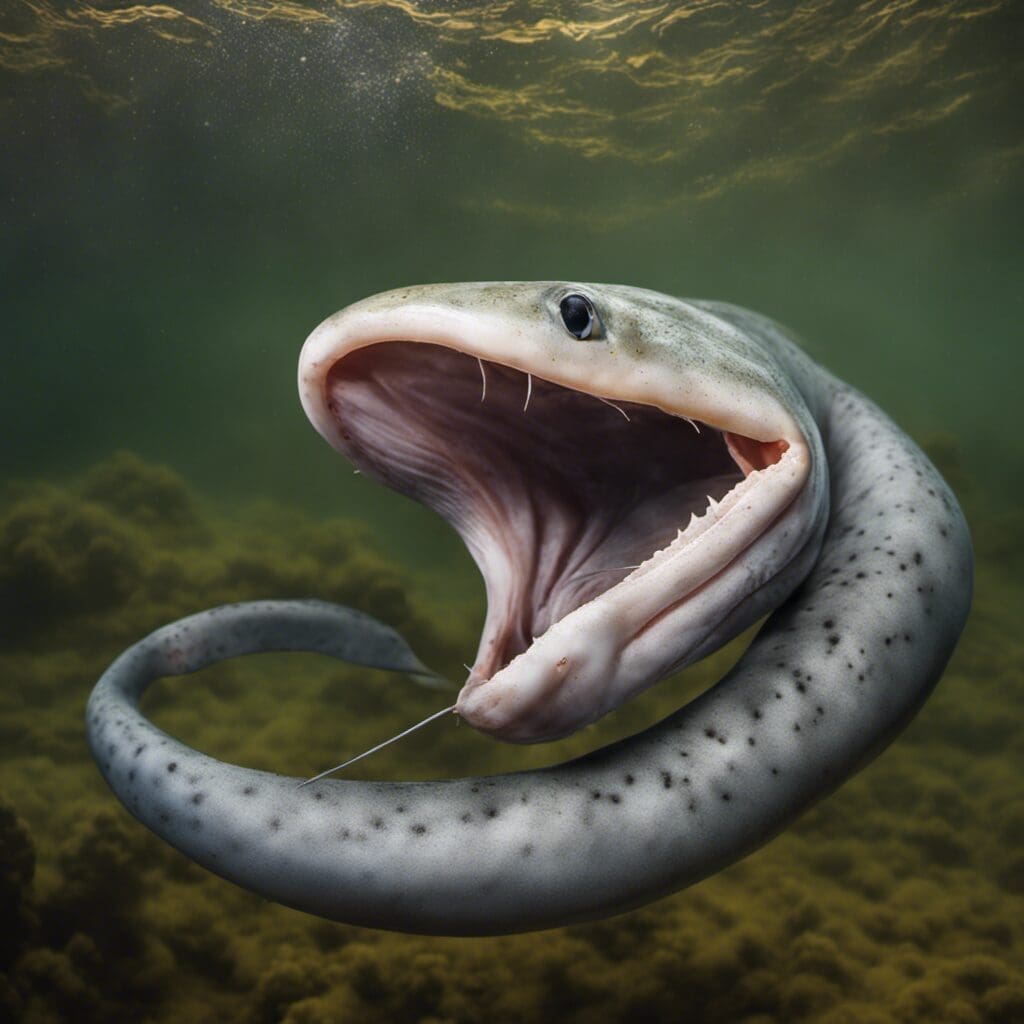Introduction
The Conger Eel (Conger conger) is a fascinating member of the Congridae family. These eye-catching creatures come with a myriad of interesting attributes that makes them stand out even amongst their fellow aquatic marvels.
Conservation Status
The current status of the Conger Eel according to the International Union for Conservation of Nature (IUCN) is not evaluated yet. However, due to various threats from fishing and habitat degradation, it is crucial that effective conservation efforts are applied to protect this species.
Statistics
| Stats | Average | Range |
|---|---|---|
| Length | 1.5m | 0.9m - 3m |
| Weight | 45-65kg | 2kg – 110kg |
| Average Lifespan | 15 years | N/A |
Distribution
The Conger Eel is widely distributed across various regions and countries including the Northeast Atlantic, Mediterranean and Black Sea. Their migration patterns are complex and often linked to breeding and habitat changes.
Habitats
The Conger Eel is typically found in saltwater, preferring depths ranging from 20m to 500m. They can be found in a wide temperature range from 8°C to 24°C.
When and Where to See
Conger Eels are nocturnal, thus the best time to observe these intriguing creatures is during the night. As for the seasons, they are usually more active during warmer months.
Best Fishing Locations
- Gulf of Lion, France
- Bay of Biscay, Spain
- Bristol Channel, UK
- Adriatic Sea, Italy
- Aegean Sea, Greece
- Sea of Marmara, Turkey
- Black Sea, Bulgaria
- Azov Sea, Russia
How to Catch
Conger eels are usually caught using bottom line fishing techniques. Mackerel, squid or crab are commonly used as bait. Evening and night-time are generally the best times to catch them.
Identification Guide
Identification factors for Conger Eels include their grey to blackish color, thick snake-like body, and very large head. Their dorsal and anal fins also extend to the tip of the tail, a unique feature for eels.
Culinary
Conger Eels are a common component in many regional cuisines. It is often grilled or stewed and served as part of main dishes. The taste profile is generally mild and meaty. Nutritional content includes high protein and low fat.
Additional Information
Behaviorally, Conger Eels are generally solitary and nocturnal. Predators include larger fish and marine mammals, while threats are primarily from fishing and habitat degradation. Historically, they have been both feared and revered, appearing in folklore tales throughout the regions they inhabit.
References and Further Reading
For more in-depth information about Conger Eels, these sources are highly recommended:
- FishBase – Conger Conger (Linnaeus, 1758)
- MarLIN – The Marine Life Information Network
- IUCN Red List – Conger Eel

